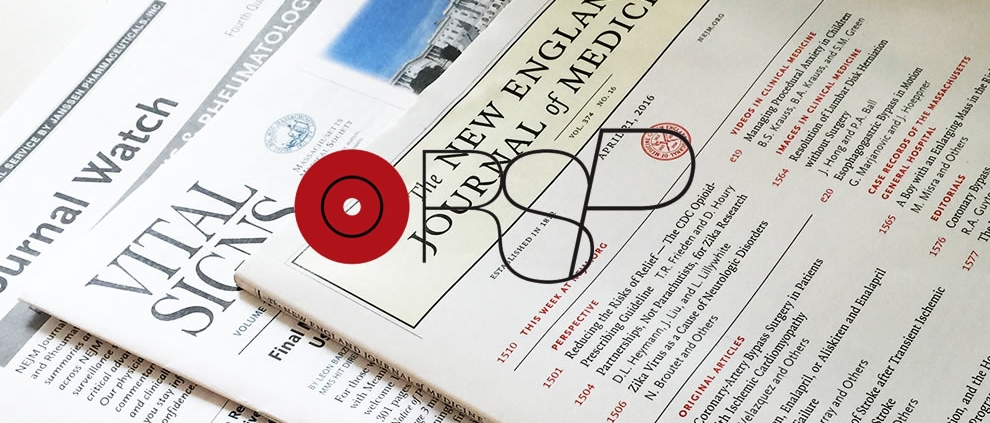Exercise Responses to Gravity-Independent Flywheel Aerobic and Resistance Training
Background—Although a number of exercise systems have been developed to mitigate the physiological deconditioning that occurs in microgravity, few have the capacity to positively impact multiple physiological systems and still meet the volume/mass requirements needed for missions beyond low earth orbit. The purpose of this study was to test the gravity-independent Multi-Mode Exercise Device (M-MED) for both resistance (RE) and aerobic (AE) training stimuli.
Methods—Eight men and nine women (mean age 22.0±0.4 years) completed five weeks of training on the M-MED: RE 4×7 squats two days a week, and AE 4×4-min rowing bouts at ~90% VO2max three days a week. Pre- and post-training data collection included an aerobic capacity test, MR imaging, strength testing, and vastus lateralis muscle biopsy.
Results—VO2max increased 8%, 3RM strength 18%, and quadriceps femoris cross-sectional area (CSA) 10%. Knee extensor strength increased at all isokinetic speeds tested. Subjects also demonstrated improved resistance to fatigue in knee extension. At the cellular and molecular level, the biopsy revealed increases in mixed myofiber CSA (13%), citrate synthase activity (26%), total RNA concentration (24%), IGF-I mRNA (77%), Type IIa Myosin Heavy Chain (MHC) mRNA (8%), and concomitant decrease in Type IIx MHC mRNA (−23%). None of the changes were gender-specific.
Discussion—Both the functional outcomes and biomarker changes indicate that a very low volume of M-MED exercise results in robust adaptation in the cardiovascular and musculoskeletal systems. The M-MED has the potential to provide a wide range of countermeasure exercises and should be considered for testing in ground-based spaceflight simulation.
Keywords-countermeasure; endurance; muscle; space flight; strength


